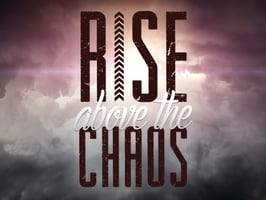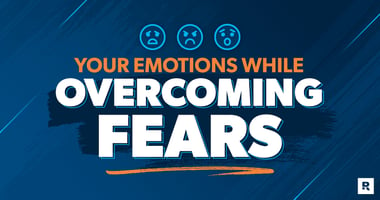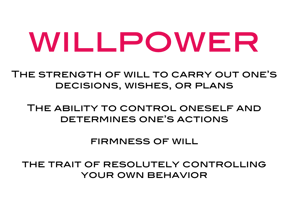Rising Above the Chaos to Win in Life Have you ever wondered why it seems some people thrive...
Unlocking the Psychology Behind the Default Effect Bias: Exploring Why People Resist Change
Unlocking the Psychology Behind the Default Effect Bias: Exploring Why People Resist Change
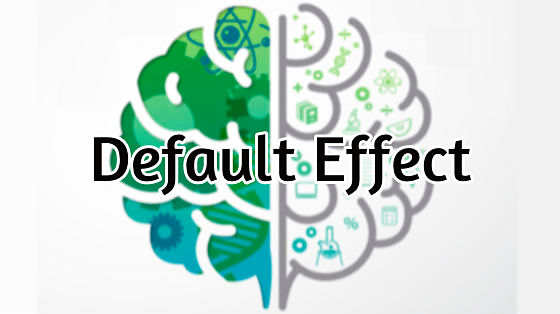
Introduction to the Default Effect Bias
The Default Effect Bias is a phenomenon that influences human decision-making, causing individuals to choose the default option even when better alternatives are available. This cognitive bias is deeply rooted in our psychology and has significant implications for personal growth and achievement. Understanding why people resist change and opt for the status quo can provide valuable insights into how we can overcome this bias and make more informed decisions. Over the next few paragraphs, I will illuminate the causes of the default setting of average and mediocre, how to recognize it, and how to turn it off.
Understanding the Default Effect Bias
The Default Effect Bias refers to the tendency of individuals to accept the default option that was preselected for them. Research reveals that people are more likely to stick with the default choice simply because it requires less effort and cognitive resources. Our brains are wired to conserve energy, and deviating from the default option requires additional mental effort, leading to a reluctance to embrace change.
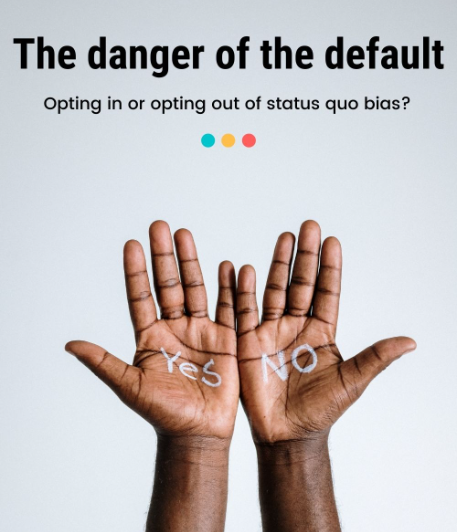
The Role of Loss Aversion in the Default Effect Bias
One of the key factors contributing to the Default Effect Bias is loss aversion. People are hardwired to avoid loss, and this aversion plays a significant role in decision-making. When faced with a choice between the default option and an alternative, individuals often perceive the default as the safer choice, as it represents the status quo and is associated with a lower risk of potential loss. This fear of loss overrides the potential benefits of exploring other options, leading to a preference for the default.
Risk Aversion and its Influence on Choosing the Default
Risk aversion is another influential factor in choosing the default option. Research reveals that individuals are more inclined to choose mediocrity as a default because it presents a lower perceived risk. Stepping outside of the default requires taking a risk, and many people are inherently cautious when it comes to taking risks. The fear of failure or negative outcomes prevents individuals from venturing into uncharted territory, ultimately leading them to stick with the default option, even if it may not be the best choice.

Cognitive Lethargy and its Impact on Decision-Making
Cognitive lethargy is a state of mental inertia that causes individuals to choose the default option without critically evaluating alternatives. When faced with a decision, our brains naturally seek the path of least resistance. This cognitive laziness can prevent us from exploring other options and considering the potential benefits they may offer. The default option acts as a mental shortcut, eliminating the need for extensive analysis and decision-making, and thus becomes the preferred choice.
Overcoming the Default Effect Bias
While the Default Effect Bias may be deeply ingrained in our psychology, it is not insurmountable. Recognizing and understanding this bias is the first step towards overcoming it and making more conscious decisions that align with our goals and aspirations. Here are some strategies for encouraging change and breaking free from the default:
Make Time for Metacognition
Metacognition refers to the process of thinking about our own thinking. By taking the time to reflect on our decision-making patterns and biases, we can gain a deeper understanding of why we tend to default to certain options. This self-awareness allows us to challenge our default choices and consider alternative options more objectively.
Practice Deliberate Decision Making
Deliberate decision-making involves consciously evaluating all available options and considering their potential outcomes. By engaging in this intentional decision-making process, we can break free from the default effect bias and make choices based on a thorough analysis of the alternatives. This practice encourages us to step out of our comfort zones and explore new possibilities.
Project Yourself Into the Future
One effective way to overcome the default effect bias is to imagine ourselves in the future and consider the long-term implications of our decisions. By visualizing the potential regrets and missed opportunities that may arise from sticking with the default, we can motivate ourselves to explore alternative paths that may lead to personal growth and achievement.
Conclusion: Embracing Change for a Better Future
The Default Effect Bias is a powerful force that influences human decision-making, causing individuals to resist change and opt for the status quo. However, by understanding the psychological mechanisms behind this bias and employing strategies to overcome it, we can break free from the default and make choices that align with our true desires and aspirations. Embracing change and taking calculated risks is essential for personal growth and achieving our full potential. Enroll in The Mind Unleashed Course and learn how to create the proper shifts in your thought framework to produce massive changes. Or, work with Dr. Rick Wallace in a 1-on-1 capacity to gain personalized guidance in overcoming the default effect bias and achieving your goals.



